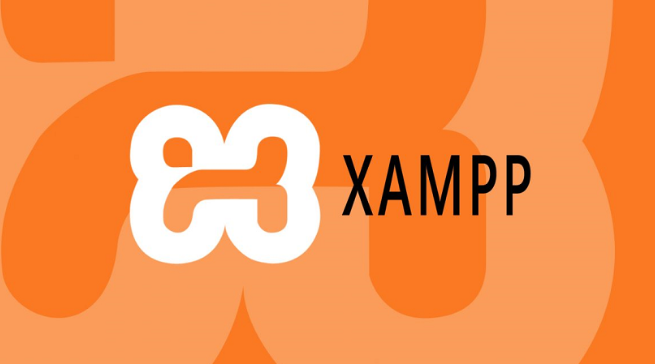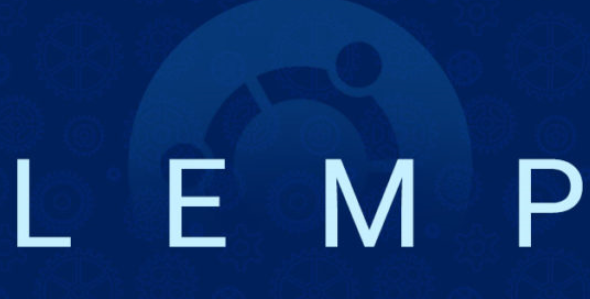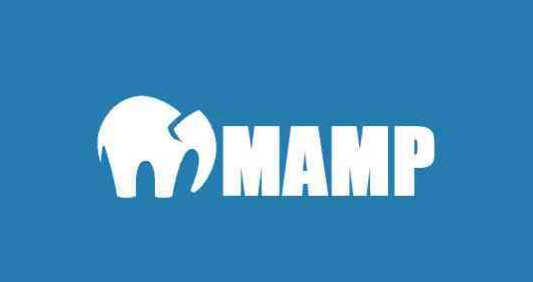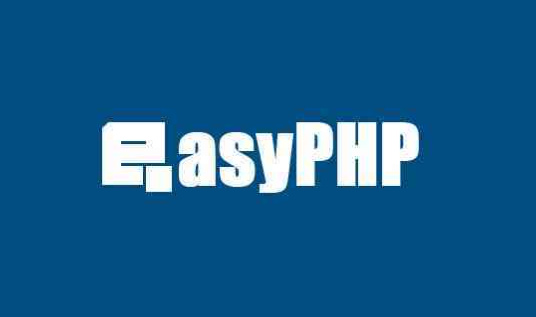
Best Web Servers for PHP Development
Let’s start with PHP servers. To put it simply, they enable you to build web apps on your system using local servers.
If you’re a PHP developer, then you probably have heard of the famous server known as XAMPP. The name stands for “Apache, MySQL, PHP (and Perl)”, and is arguably one of the best ways to get started with web development. These are just a few examples of web servers commonly used for PHP development. The choice of web server often depends on factors such as personal preference, performance requirements, platform compatibility, and the specific needs of your project. It’s important to consider these factors and choose the web server that best suits your development environment and project requirements.
However, there are many other options out there for server-side languages such as PHP; each with its own pros and cons! In this article, we’ll be going over some of our favorite web servers for PHP development
Servers for PHP
- Apache is a popular web server that supports the use of PHP. It can be installed on a variety of operating systems, including Linux, macOS, and Windows.
- NGINX is another popular web server that supports the use of PHP. It is known for its high performance and low resource usage, which makes it a good choice for high-traffic websites.
- Microsoft IIS (Internet Information Services) is a web server that is included with the Windows operating system. It supports the use of PHP and is a good choice for applications that are hosted on a Windows server.
- LiteSpeed is a commercial web server that supports the use of PHP. High-traffic environments often use it because of its high performance.
There are also a number of PHP-specific servers, such as PHP’s built-in web server and PHP-FPM (FastCGI Process Manager), that can be used to run PHP on a server.
More Read about Apache vs NGINX
Why is it Important to be Careful When Choosing a PHP Server?
It is used to create dynamic web pages that can be accessed by the browser using a web server. This means you will be able to write code and execute it on your website so that it generates content for your users (or visitors).
- It’s important to choose a PHP server that is compatible with your operating system and hardware configuration. Some servers may not run properly on certain systems or may require additional setup and configuration.
- The performance of your PHP server can have a significant impact on the overall performance of your website or application. You want to choose a server that is fast and reliable so that your users have a good experience.
- PHP servers can be vulnerable to security risks, such as hacking and malware attacks. It’s important to choose a server that has strong security features and is regularly updated to protect against these threats.
- The maintenance of your PHP server is also important. You want to choose a server that is easy to update and maintain so that you can keep it running smoothly and efficiently.
Here are the Best Web Servers for PHP Development.
- XAMPP Server
- LAMP Server
- LEMP Server
- MAMP Server
- WAMP Server (Citrix)
- AMPSS Server
- EasyPHP Server
1. XAMPP Server

XAMPP is an open-source PHP development environment that includes a web server, a database management system, and other tools. It is designed to make it easy for developers to set up a local testing environment for PHP-based websites and applications.
One of the main benefits of XAMPP is that it is easy to install and use. It includes an installer that takes care of setting up all of the components, so you don’t have to do it manually. This makes it a good choice for developers who are new to PHP or who want to quickly set up a testing environment.
Using XAMPP, you can set up a local development environment on your computer, allowing you to develop and test websites or web applications without the need for an internet connection or a live web server. It provides an all-in-one solution, making it easier to install and configure the necessary components for web development.
XAMPP is also highly customizable, allowing you to choose which components you want to install and how you want to configure them. This makes it a good choice for more advanced users who want more control over their development environment. XAMPP is a popular choice for developers who want an easy-to-use, flexible, and customizable PHP development environment.
2. LAMP Server

LAMP is a stack of open-source software that is commonly used for building and hosting web applications. The acronym stands for Linux, Apache, MySQL, and PHP.
Linux is the operating system that the stack is built on. Apache is the web server software, which is responsible for serving web pages to users. MySQL is a database management system, which is used to store and retrieve data for the web application. PHP is a programming language that is used to build the web application itself.
LAMP is a popular choice for building and hosting web applications because all of the components are open-source and freely available and because they work well together. The combination of Linux, Apache, MySQL, and PHP is widely used and well-supported, making it a reliable and flexible platform for building web applications.
The LAMP stack is often used to build websites that require authentication or authorization. It’s also useful when you need to create dynamic pages with data stored in the database rather than static html files.
LAMP is particularly well-suited for building dynamic websites and web applications that require a database. It is used by many large websites and applications, including Wikipedia and WordPress.
3.LEMP Server

The LEMP stack is a popular choice for developers who prioritize performance and scalability. It is commonly used for hosting content management systems (such as WordPress) and other web applications. Setting up a LEMP server typically involves installing and configuring each component individually and ensuring they work together seamlessly.
Nginx is a web server software, which is responsible for serving web pages to users. MySQL is a database management system, which is used to store and retrieve data for the web application. PHP is a programming language that is used to build the web application itself.
LEMP is similar to LAMP (Linux, Apache, MySQL, PHP), but it uses Nginx as the web server software instead of Apache. Nginx is a lightweight, high-performance web server that is known for its speed and scalability. It is often used in place of Apache in LAMP stacks because of these characteristics.
LEMP is particularly well-suited for building dynamic websites and web applications that require a database. It is used by many large websites and applications, including Netflix and Dropbox.
4.MAMP Server

MAMP is a local PHP development Workspace for macOS. It stands for Mac, Apache, MySQL, and PHP.
MAMP includes a web server (Apache), a database management system (MySQL), and a programming language (PHP) that are commonly used together to build and host web applications. MAMP is designed to make it easy for developers to set up a local testing environment for PHP-based websites and applications on their Mac computers.
One of the main benefits of MAMP is that it is easy to install and use. It includes an installer that takes care of setting up all of the components, so you don’t have to do it manually. This makes it a good choice for developers who are new to PHP or who want to quickly set up a testing environment on their Mac.
MAMP is also highly customizable, allowing you to choose which components you want to install and how you want to configure them. This makes it a good choice for more advanced users who want more control over their development environment.
Overall, MAMP is a popular choice for developers who want an easy-to-use, flexible, and customizable PHP development environment on their Mac.
5. WAMP Server

WAMP is a software stack that stands for Windows, Apache, MySQL, and PHP. It provides a complete web development environment specifically designed for Windows operating systems. Similar to LAMP and LEMP, WAMP allows developers to create and test web applications locally before deploying them to a live server.
Setting up a WAMP server involves installing the individual components and configuring them to work together. There are several pre-packaged WAMP solutions available, such as WampServer, XAMPP for Windows, and Bitnami WAMP Stack, which simplify the installation process by bundling all the necessary components in a single installer.
Once installed, you can use the WAMP server to create a local web development Workspace on your Windows machine.
It’s important to note that while WAMP is primarily designed for Windows, alternatives like LAMP (Linux, Apache, MySQL, PHP) and MAMP (Mac, Apache, MySQL, PHP) exist for Linux and macOS respectively.
Keep in mind that my knowledge is based on information available up until September 2021, and there may have been updates or newer versions released since then. It’s always recommended to refer to the official documentation and resources for the latest information on setting up and configuring a WAMP server.
6. AMPSS Server
It looks like AMPSS is not a commonly used term in the context of PHP servers. It is possible that you may be referring to a different server stack, such as LAMPS (Linux, Apache, MySQL, PHP, and Perl), or to a custom stack that includes Apache, MySQL, PHP, and some other software.
Without more context, it is difficult to provide specific information about an AMPSS server. In general, a server stack is a combination of software components that are used together to build and host web applications. The specific components included in a stack can vary, but they often include a web server, a database management system, and a programming language.
If you have more information about what you are specifically asking about, please let me know and I will do my best to help.
7. EasyPHP Server

EasyPHP provides a control panel interface where you can manage the various components and configurations. You can access your PHP files by placing them in the appropriate directory within the EasyPHP installation. EasyPHP is designed for Windows operating systems and provides an easy-to-use solution for local PHP development. It can be particularly useful for beginners or developers who prefer a simplified setup process.
EasyPHP is intended to make it easy for developers to set up a local testing environment for PHP-based websites and applications on their Windows computers. It includes an installer that takes care of setting up all of the components, so you don’t have to do it manually.
EasyPHP is also highly customizable, allowing you to choose which components you want to install and how you want to configure them. This makes it a good choice for more advanced users who want more control over their development environment. EasyPHP is a popular choice for developers who want an easy-to-use, flexible, and customizable PHP development environment on their Windows machine.
Conclusion
A web server is a software program that is responsible for serving web pages to users when they request them. Web servers are an essential component of the World Wide Web, as they are responsible for hosting and serving the websites and web applications that make up the Internet.
There are many different web servers available, each with its own strengths and weaknesses. Some of the most popular web servers include Apache, Nginx, and Microsoft IIS. Choosing the right web server for your needs depends on factors such as the operating system you are using, the type of application you are building, and the level of performance and security you require.
It is important to carefully consider your web server options and choose the one that is best suited for your needs. The web server you choose can have a significant impact on the performance, security, and maintenance of your website or application.